Description
Double ended steel point scribe with straight point and 90° angle point.
- Aluminum body with knurled finger
- Two heat treated steel points:straight and bent
- Two-point scriber is preferred by machinists, engravers, mechanics and craftspeople for use on metal, glass, plastics and ceramics
From the Archives
Tech Tip – Terminating Long Cracks
Recently, there has been some debate on the forum about how to terminate long cracks and if they are worth the attempt to repair. Delta Kits follows ROLAGS (Repair of Laminated Auto Glass Standards) in all areas of windscreen repair repairing damage, which recommends that any piece of glass with damage longer than six inches (the size of a dollar bill) should be replaced and not repaired. ROLAGS is a set of standards and guidelines, not a set of laws or rules that require obedience. With that said, cracks over six inches can be repaired, but most insurance companies only cover cracks up to six inches.
What are the benefits to doing long crack repair? Many technicians are afraid of attempting to fix long cracks; therefore, there is a market for doing these types of repairs. However, there are a couple of things to be aware of when fixing long cracks. The crack will never completely disappear though many times the customer expects it to. It cannot be stressed enough that expectations need to be established with the customer before the repair is started. Fixing cracks takes more resin and more time, which means that most technicians need to charge more for long crack repair. Check with your customer’s insurance company to make sure they will cover the cost. If they do not, then your customer will need to pay out of pocket. Be sure to thoroughly explain your payment policy and cosmetic expectations before performing any long crack repair.
When terminating a long crack, first make sure the windscreen is between 70-100 degrees; this step is critical because long cracks are volatile and unpredictable. Check for moisture and clean out the pit using your scribe. The end of the crack is not always where it appears to be, so it is significant to find where the crack actually ends. Do this is by using your scribe to gently flex the glass while watching carefully for any movement that will help you locate the very end.
Often you will find that the crack is longer than it appears when you are not flexing the glass; take a marker and make a mark about one thirty-second of an inch past the ending point of the crack. Next, using a Delta Kits 26020 tapered tip bur, drill a 0.042″ deep hole (approximately 2/3rds through the first layer of glass). If you drill too shallow you will not get a good mini-bullseye. If you drill too deep you will drill…. Continue Reading

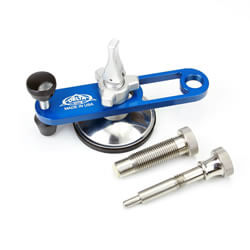
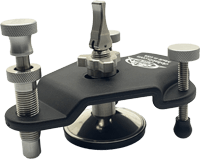
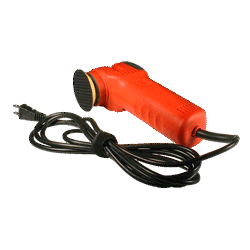
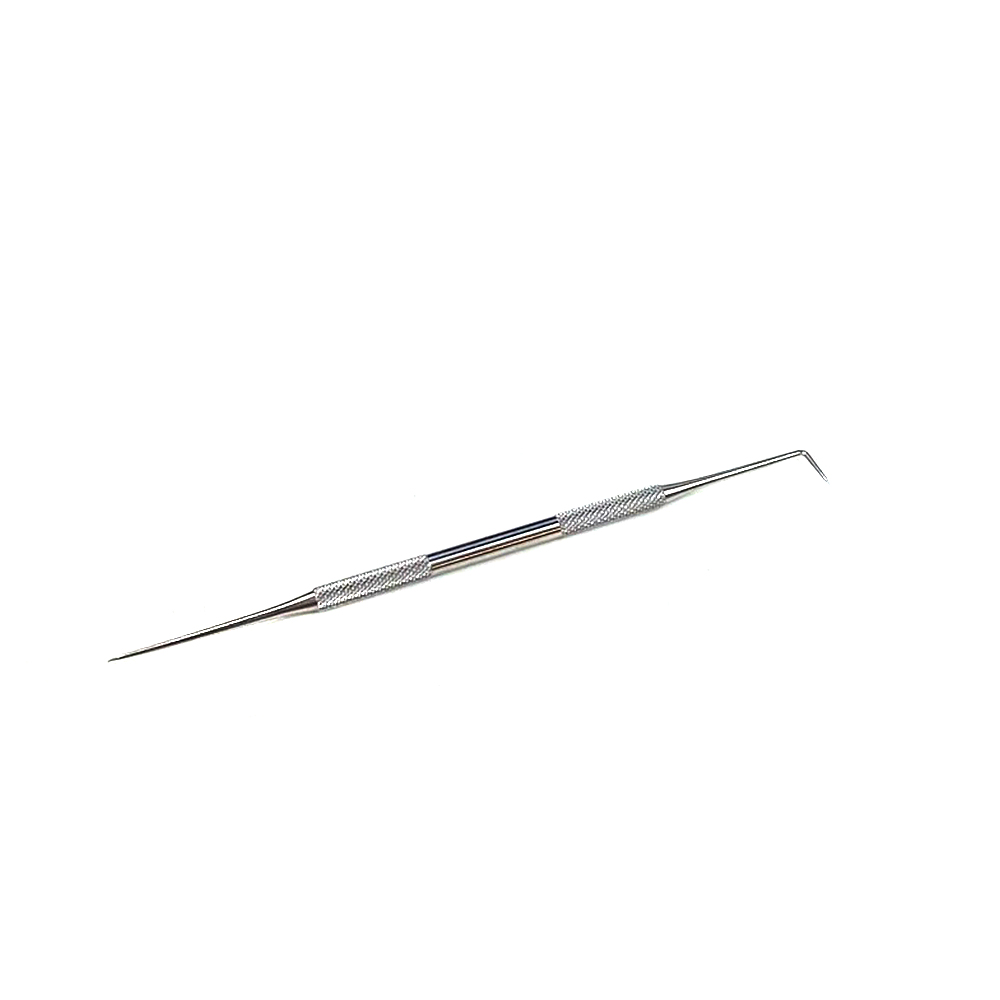


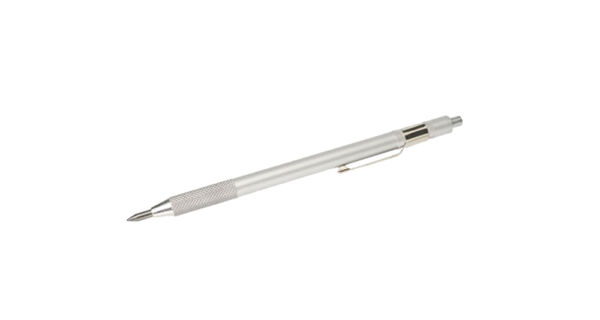
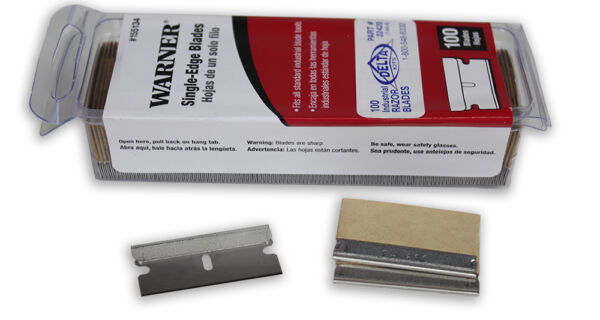


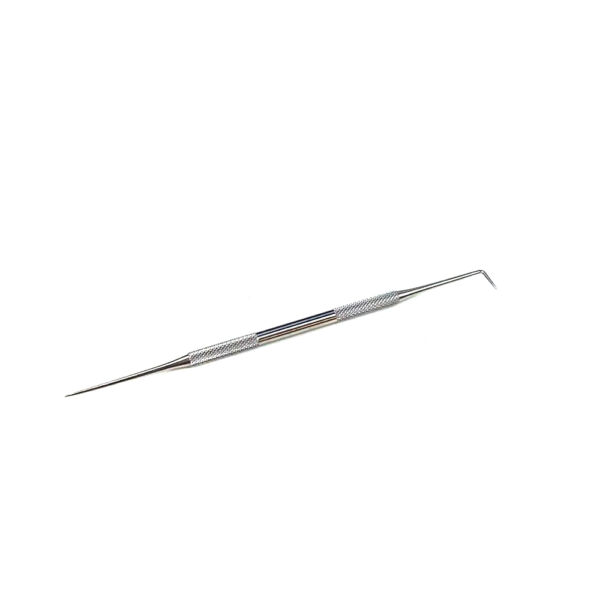
Reviews
There are no reviews yet.